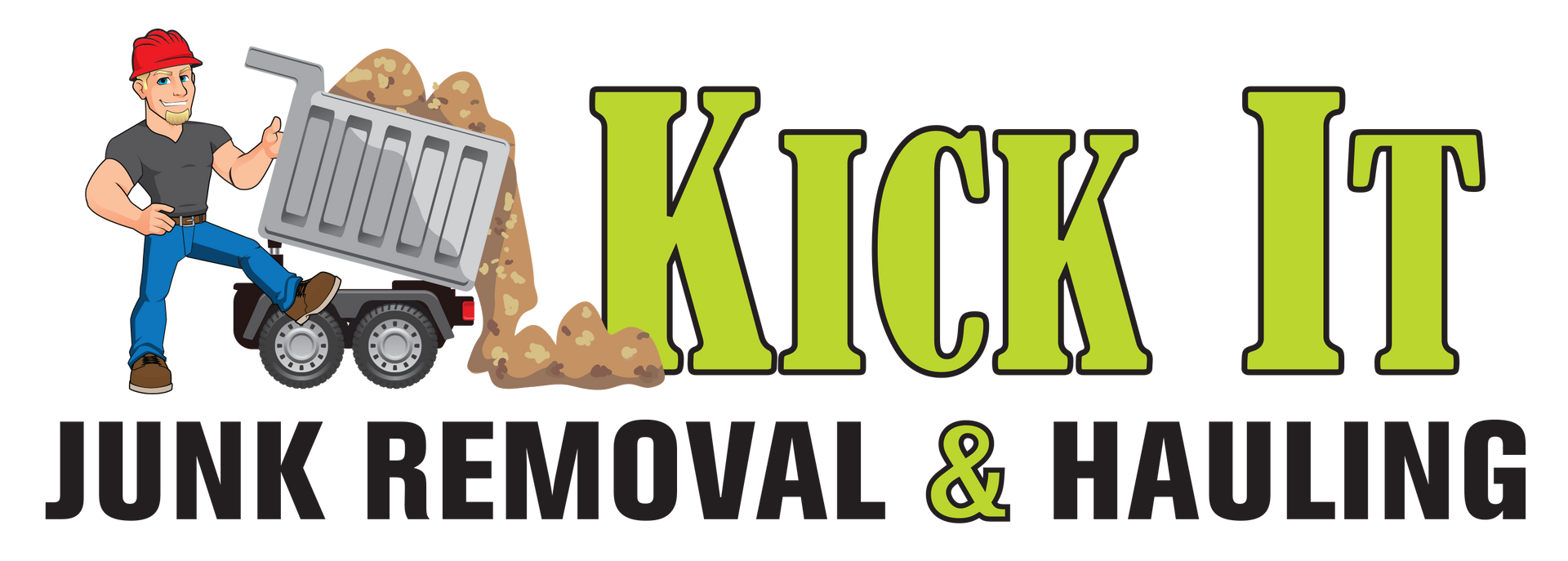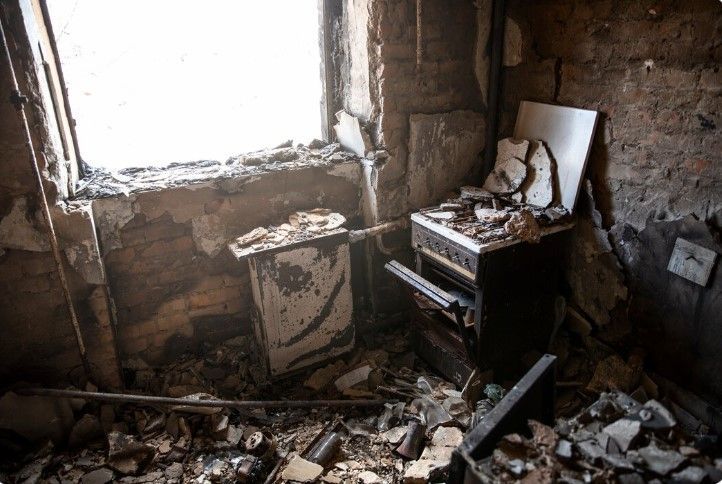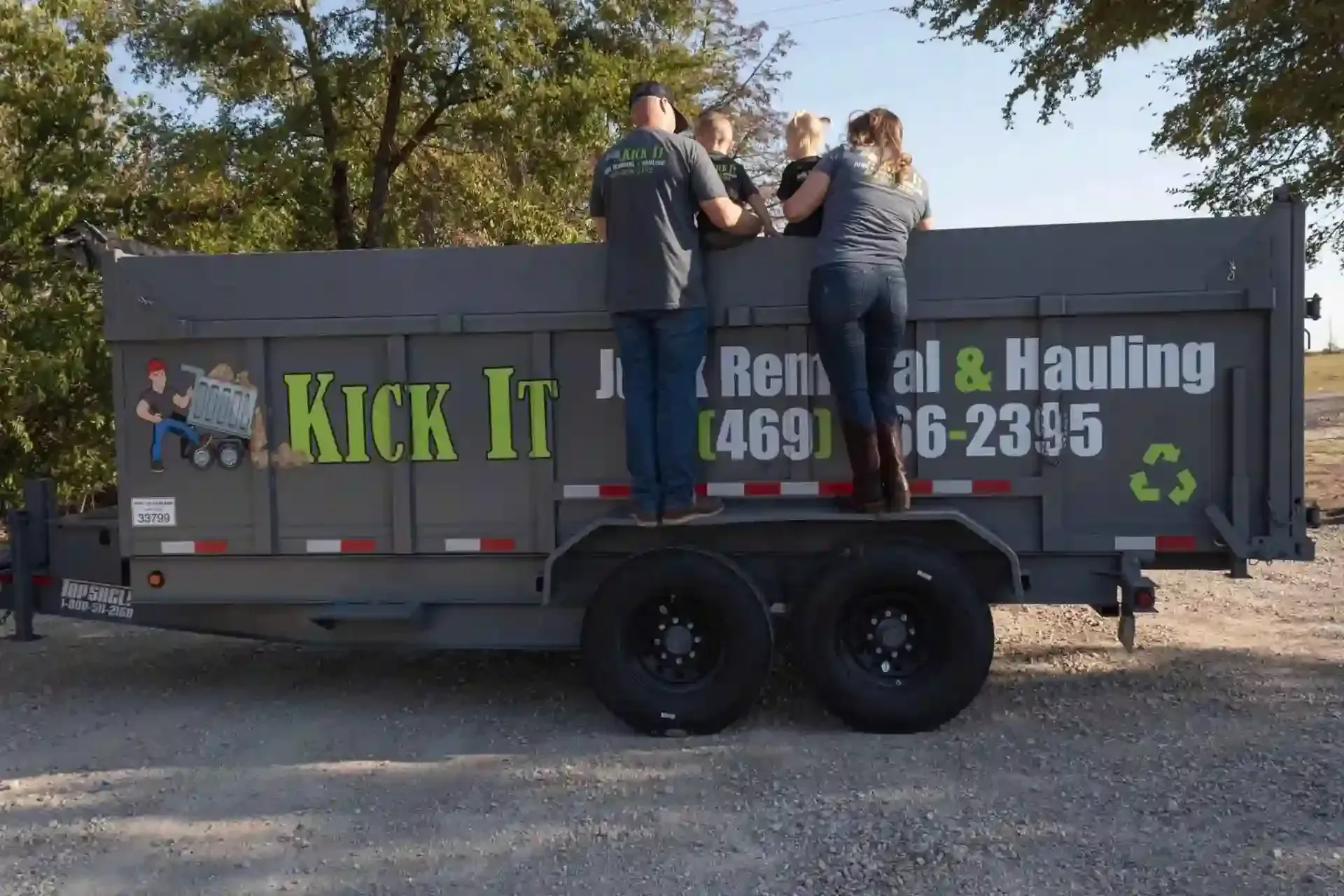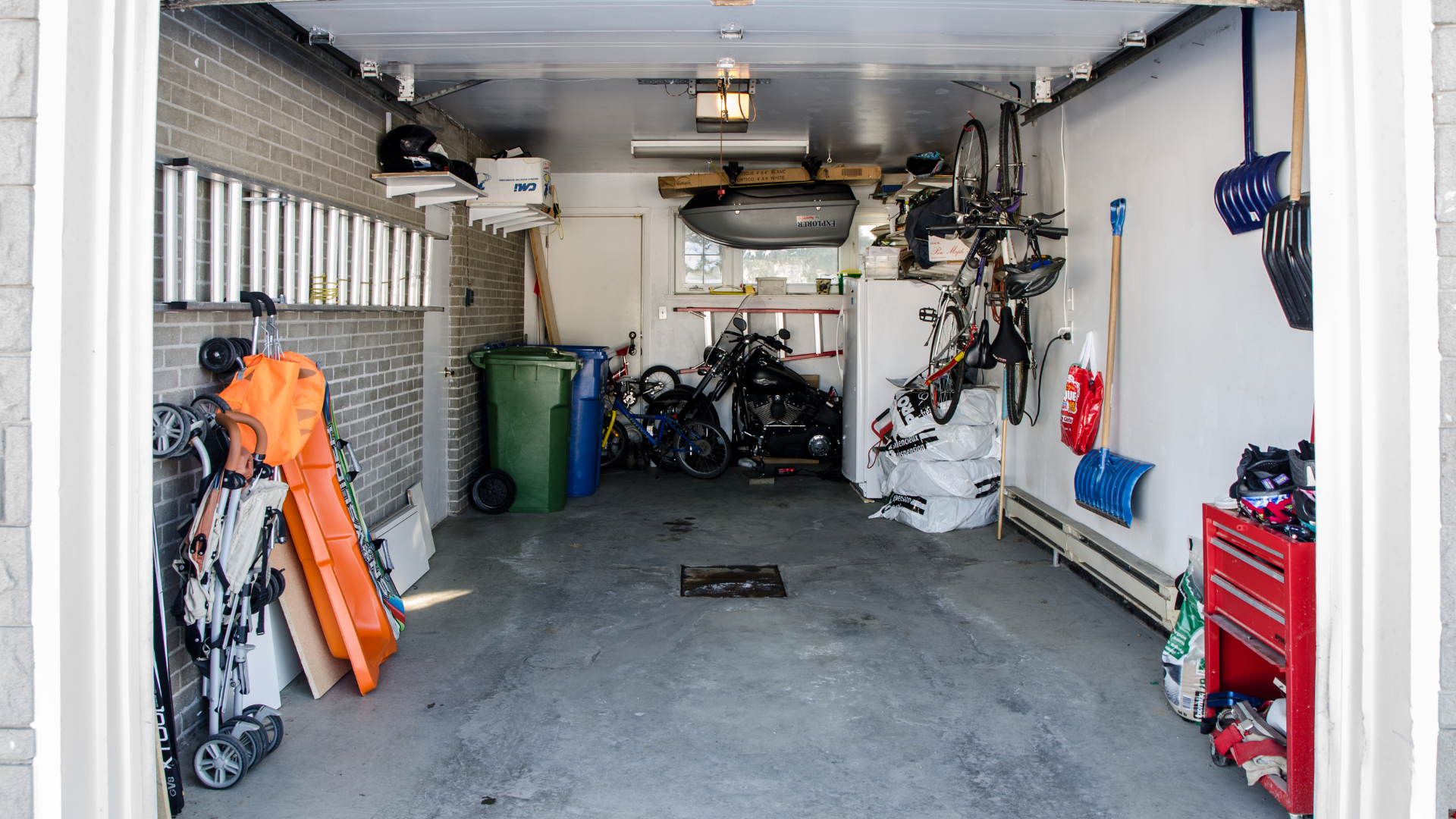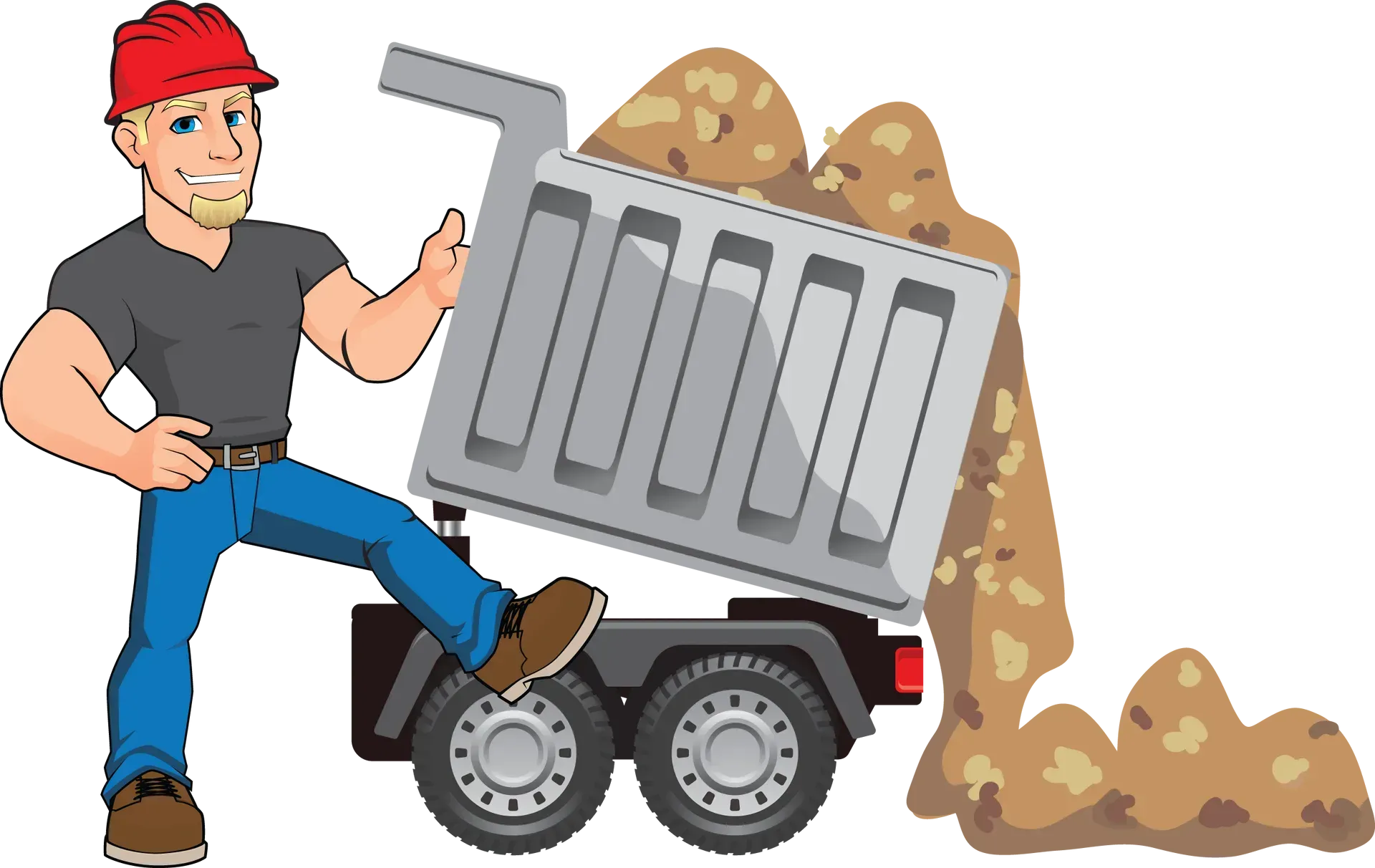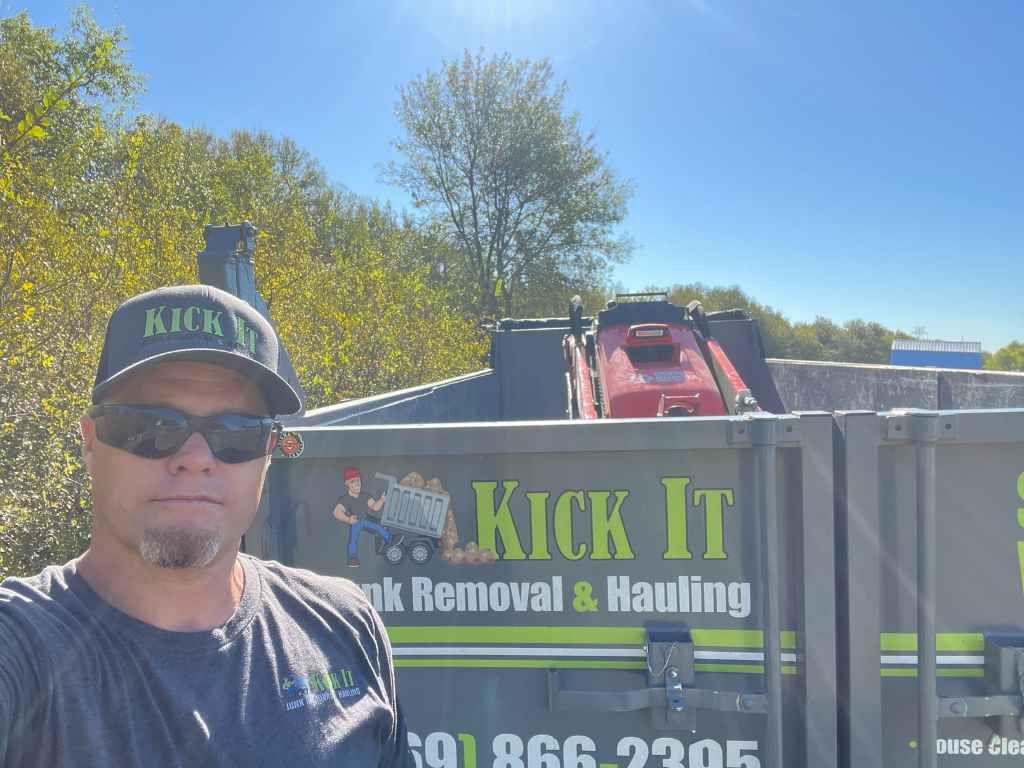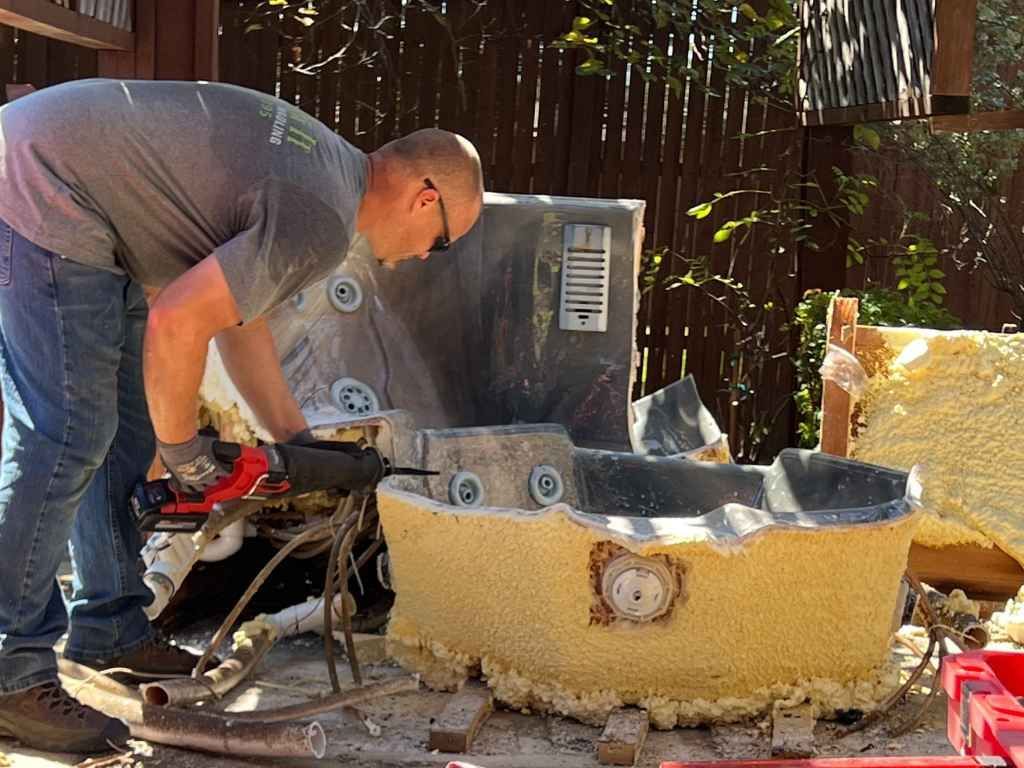How to Safely Handle Carpet Removal and Disposal
When it’s time to refresh your space, old carpet can quickly become a major hassle. Whether you're remodeling, preparing a home for sale, or just ready for a change, safely handling carpet removal and disposal is essential to protect your home — and yourself. From managing dust and allergens to lifting heavy rolls without injury, every step matters. If you're tackling it yourself, knowing the right tools and methods can save you a lot of time and frustration.
At Kick It Services, we know how messy and exhausting carpet removal can be. That’s why we’re sharing expert tips to make the process smoother and safer. Plus, when the job gets too overwhelming, you can always count on our team for fast, reliable carpet removal and junk hauling, so you can move on to what’s next.
Tips for Safely Handling Carpet Removal and Disposal
When it comes to removing old carpet, safety should always be your top priority. Improper removal can lead to injuries, especially when lifting heavy carpet rolls or handling sharp tack strips. First, it's important to protect yourself with the right gear—gloves, knee pads, and safety goggles. Additionally, ensure your workspace is clear of obstacles and you have all the necessary tools on hand, like a utility knife, crowbar, and pliers. By taking these simple precautions, you'll reduce the risks of cuts, bruises, or strain.
Once you've safely removed the carpet, proper disposal is key. Many landfills do not accept carpet due to environmental concerns, so it's important to check local regulations or recycling centers. Some carpet retailers offer take-back programs or disposal services. If you're unsure where to drop off your old carpet, contacting a professional junk removal service can help you navigate disposal options quickly and responsibly.
How to Remove and Dispose of Carpet Without the Hassle
Removing carpet doesn’t need to be overwhelming, as long as you have a clear plan and the right tools. Start by removing any furniture and clearing the space to make room for the carpet. Using a utility knife, cut the carpet into manageable strips. Work slowly, pulling the carpet up in sections to avoid damaging the subfloor. Tack strips and staples can be a challenge, but a crowbar or pliers should help with their removal. Make sure to dispose of these pieces safely as they can be hazardous.
Disposing of the carpet itself can be a bit trickier. Many carpet types can’t be thrown away in regular trash bins due to their size and composition. Before hauling it to a landfill, check for recycling centers or eco-friendly disposal options in your area. If this sounds too complicated, consider hiring a junk removal service to take care of both removal and disposal with minimal effort.
A Step-by-Step Guide to Carpet Removal and Safe Disposal
Carpet removal is a manageable DIY project if approached carefully. The first step is to clear the room of furniture and obstacles. Once the space is ready, use a utility knife to cut the carpet into smaller sections. Starting at a corner, gently pull the carpet up, cutting away any sections as needed. Pay special attention to tack strips that can cause injury, using pliers or a crowbar to carefully remove them. If the carpet is glued down, a floor scraper may help loosen it without causing damage to the subfloor.
When it’s time to dispose of your carpet, ensure it’s done responsibly. Many local waste disposal services won’t accept carpet, but recycling centers often will. Alternatively, check with your carpet store to see if they have a recycling program or disposal service. If you're pressed for time or don't want to handle the disposal process, consider a professional junk removal service to take care of everything for you.
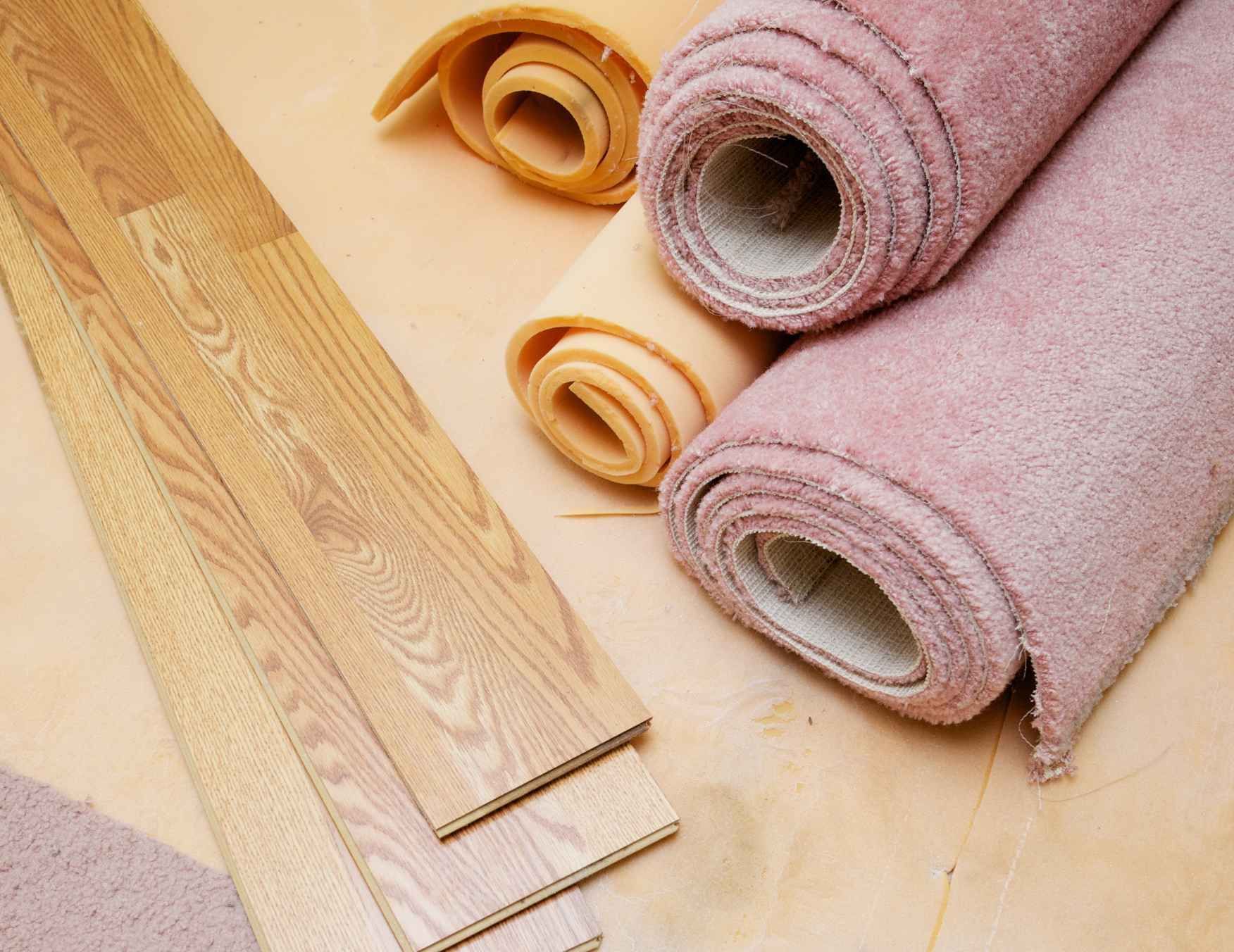
Best Practices for Carpet Removal and Disposal at Home
Taking the time to carefully remove and dispose of your old carpet is essential for maintaining a clean, safe home. Begin by clearing the area of any furniture or debris that might obstruct your work. Next, use a utility knife to carefully cut the carpet into strips, making the removal process more manageable. Be sure to lift the carpet slowly and avoid tearing it, as this could result in sharp edges. If you encounter stubborn adhesive or nails, use a scraper or crowbar to remove them safely.
Disposing of the carpet is the next important step. Many landfills no longer accept carpet due to its environmental impact, so it's essential to check for carpet recycling programs or specialized disposal centers. Some retailers also offer take-back programs. If you're unable to find an appropriate disposal option, a professional junk removal service can ensure your carpet is disposed of in an environmentally friendly way.
How to Tackle Carpet Removal and Disposal the Right Way
Removing carpet might seem like a daunting task, but with a clear strategy, it can be a straightforward process. Start by preparing the room—move any furniture and clear away obstacles. With a utility knife, cut the carpet into sections, making it easier to manage. Once the carpet is cut, begin removing it from the edges, using a crowbar to pry up the tack strips. Be cautious of nails and staples that may be left behind. It's important to move at a steady pace and avoid rushing, as this can lead to accidents or damage to the floor beneath the carpet.
Disposing of the carpet properly is a crucial part of the process. Many communities have restrictions on throwing carpet into landfills due to its bulk and environmental concerns. Explore recycling options, such as local facilities that accept old carpets, or take advantage of take-back programs offered by retailers. If this is too much of a hassle, consider hiring a junk removal service to handle both the removal and disposal for you.
What You Need to Know About Safe Carpet Removal and Disposal
If you’re considering a DIY carpet removal project, it’s crucial to know the right steps for safe and effective removal. Start by wearing the proper safety gear—gloves, knee pads, and goggles—so you can avoid common injuries like cuts and scrapes. Use a utility knife to carefully cut the carpet into strips, making sure to work around any obstacles. After the carpet is cut, use a crowbar or pliers to lift the tack strips and remove any remaining staples or nails. Take your time, and always move cautiously to avoid damaging your subfloor.
When it comes to disposal, it’s important to check your local waste disposal guidelines, as many landfills won’t accept carpet. Some carpet manufacturers and retailers offer take-back programs, which can help recycle your carpet. Alternatively, a junk removal service can manage both the carpet removal and disposal, ensuring everything is handled responsibly, so you don’t have to worry.
Expert Tips for Removing and Disposing of Carpet Safely
Removing carpet may seem easy at first, but without the right precautions, it can lead to injury or damage to your home. Start by removing all furniture and obstacles in the room to create a clear space. Use a utility knife to cut the carpet into smaller sections, and take your time lifting each piece slowly and carefully. Tack strips can be tricky, but a crowbar or pliers should help remove them without too much effort. Don’t forget to check for hidden nails or staples that could pose a safety risk.
When it comes to disposal, many cities no longer allow carpet in landfills due to its environmental impact. Check for local carpet recycling programs or take-back options offered by retailers. If these options aren’t available, consider hiring a junk removal service to handle the disposal. They’ll ensure your carpet is disposed of in a safe and eco-friendly manner, saving you time and effort.
The Ultimate Guide to Safe Carpet Removal and Disposal
Whether you're remodeling or replacing old flooring, carpet removal doesn’t have to be a hassle if you follow the right steps. Begin by clearing the room of furniture and other items that could get in the way. Use a utility knife to carefully cut the carpet into manageable strips, which makes the removal process easier. As you lift the carpet, take care to remove tack strips and staples safely. If you’re dealing with glue-down carpet, consider using a floor scraper to minimize damage to the subfloor.
Proper disposal of your carpet is just as important as removing it. Since many landfills don’t accept carpet, check local recycling programs or consider taking advantage of any take-back services provided by your carpet retailer. If you're not sure where to dispose of the carpet, professional junk removal services can handle the task, ensuring it’s done quickly and responsibly.
Conclusion
Removing and disposing of carpet doesn’t have to be as difficult as it may seem. With the right tools, patience, and proper safety measures, you can tackle the project on your own. However, it’s essential to consider how to dispose of the carpet responsibly, as many landfills won’t accept it due to environmental concerns. Exploring recycling programs or opting for a professional service can save you time and ensure everything is disposed of safely.
If you’d rather skip the hassle of removal and disposal, Kick It Junk Removal & Hauling is here to help. We specialize in fast and efficient carpet removal and disposal, ensuring that the job is done right. Our team makes the process easy, so you don’t have to worry about a thing. Whether you need help with the heavy lifting or you’re unsure of how to dispose of your carpet, we’ve got you covered. Reach out to us today at 469-866-2395 or Paul@kickitservices.com. Let us handle your junk removal needs with ease and professionalism!
